Physical vs. Virtual Home Staging: Pros, Costs & Trends Selling a home involves more than just listing it on the market. To attract potential buyers and secure a good deal, homeowners often turn to home staging – a strategic approach to showcasing a property’s best features. In recent years, traditional physical home staging has faced competition from virtual home staging, thanks to advancements in technology. This article explores the differences between physical and virtual home staging and helps you understand which method might suit your needs better.
What is Physical Home Staging?
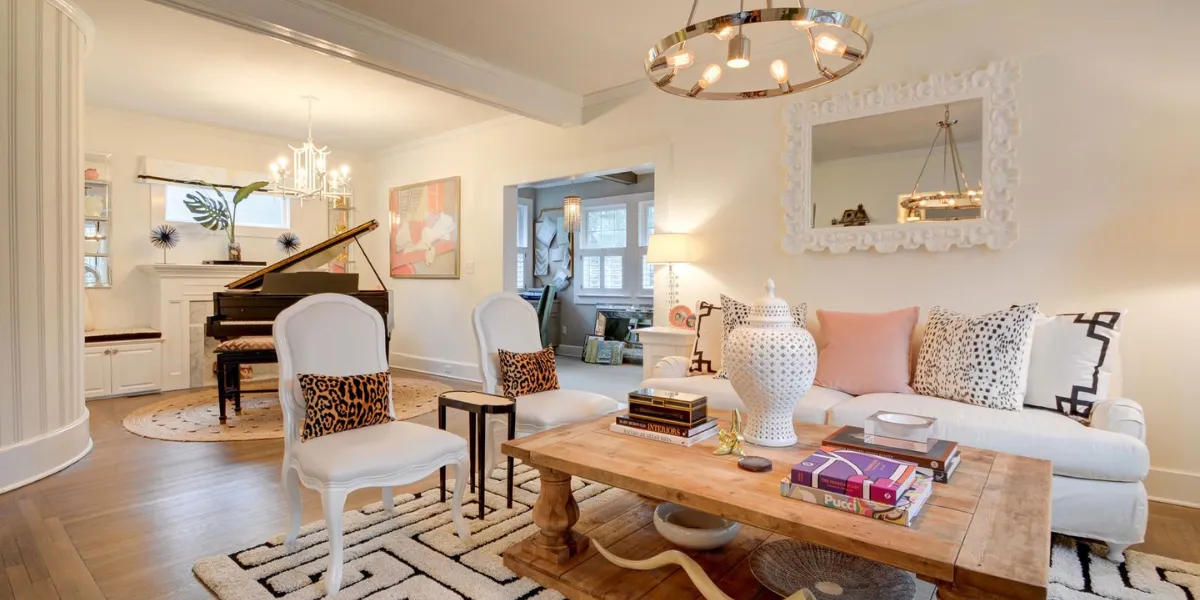
Physical home staging involves furnishing and decorating a property with real furniture, decor, and accessories to make it more appealing to potential buyers. Professional stagers work with the existing layout and design of the home, rearranging furniture, adding artwork, and accessorizing to enhance its visual appeal.
What is Virtual Home Staging?
Virtual home staging, on the other hand, relies on digital technology to virtually furnish and decorate empty or poorly furnished properties. Photographs of the property are digitally enhanced with computer-generated furniture, decor, and other elements to create a visually appealing representation of the space.
The Pros and Cons of Physical Home Staging
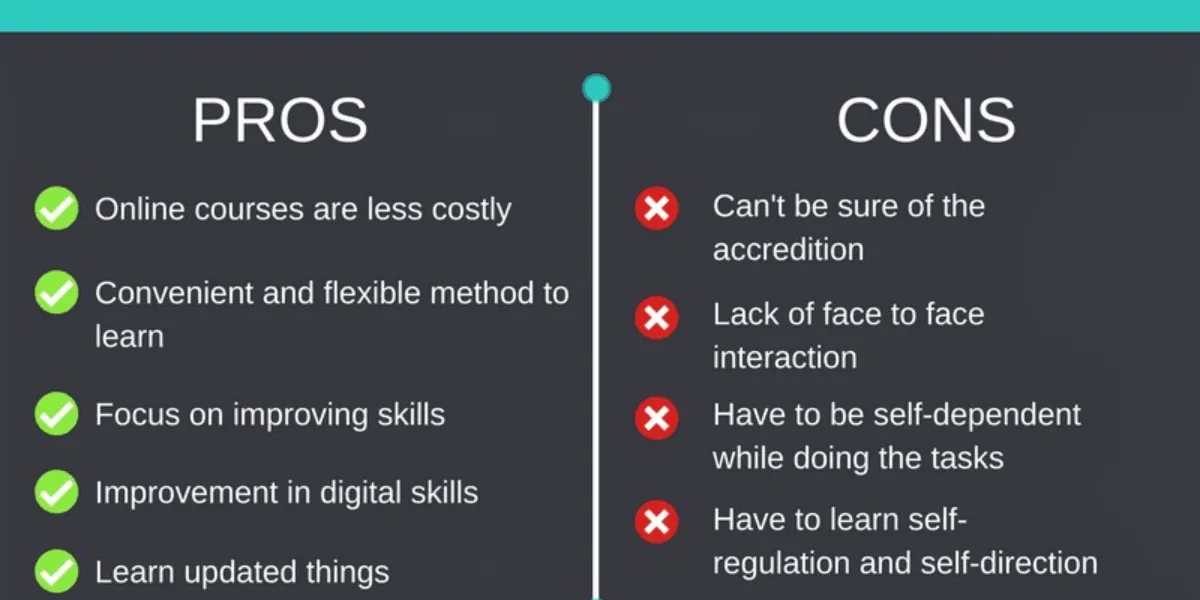
Physical home staging offers a tangible experience for potential buyers, allowing them to see and feel the space firsthand. It can create an emotional connection and help buyers envision themselves living in the home. However, physical staging can be costly and time-consuming, especially if the property remains on the market for an extended period.
The Pros and Cons of Virtual Home Staging
Virtual home staging is a cost-effective alternative to physical staging, making it an attractive option for budget-conscious sellers. It also allows for greater flexibility, as virtual furnishings can be easily changed to suit different tastes. However, some buyers may find it challenging to gauge the scale and layout of a space based solely on virtual images.
Cost Comparison: Physical vs. Virtual Home Staging
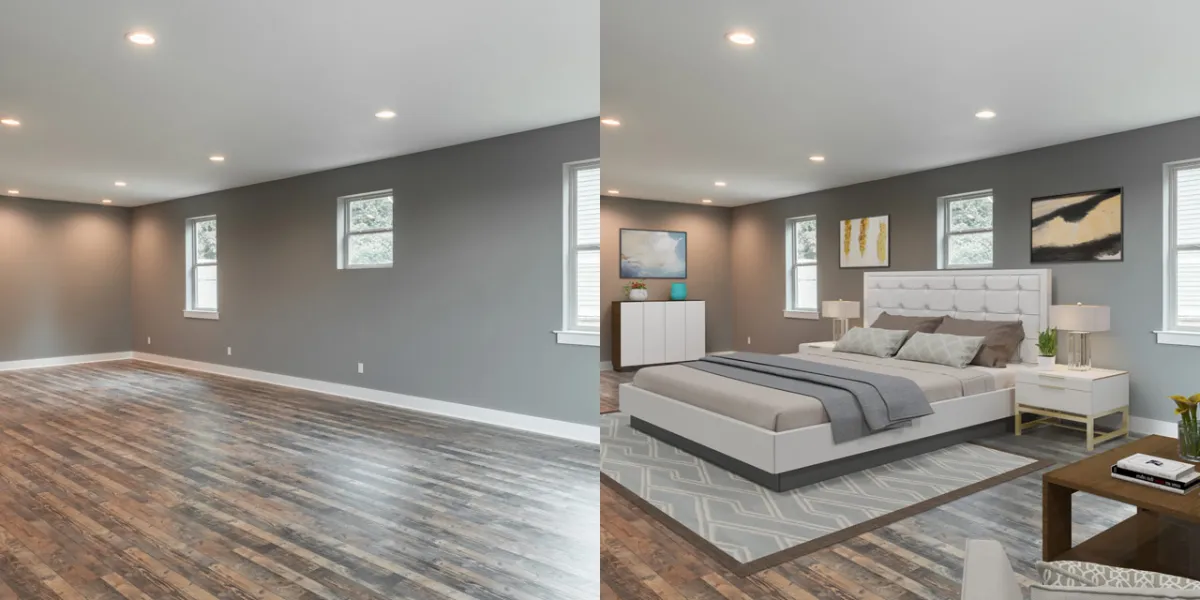
When it comes to cost, virtual home staging typically comes out as the more affordable option. Physical staging involves rental fees for furniture, transportation costs, and staging fees, which can add up quickly. In contrast, virtual staging services usually charge per image, making it a more budget-friendly choice for many sellers.
Effectiveness: Which Staging Method Works Better?
The effectiveness of home staging ultimately depends on various factors, including the target market, the condition of the property, and the selling price. Physical staging may have an edge in creating a memorable and immersive experience, but virtual staging can still attract potential buyers with its polished and visually appealing images.
Overcoming Challenges with Physical Home Staging

Physical home staging faces challenges such as limited availability of furniture, logistical issues with transportation and installation, and the need for constant upkeep. Additionally, staging a vacant property may require substantial investment upfront, which may not be feasible for every seller.
Overcoming Challenges with Virtual Home Staging
Virtual home staging eliminates many of the logistical challenges associated with physical staging. However, it relies heavily on the quality of the photographs and the skill of the virtual stager. Poorly executed virtual staging can look artificial and detract from the property’s appeal, so it’s essential to choose a reputable and experienced virtual staging provider.
How Technology is Transforming Home Staging
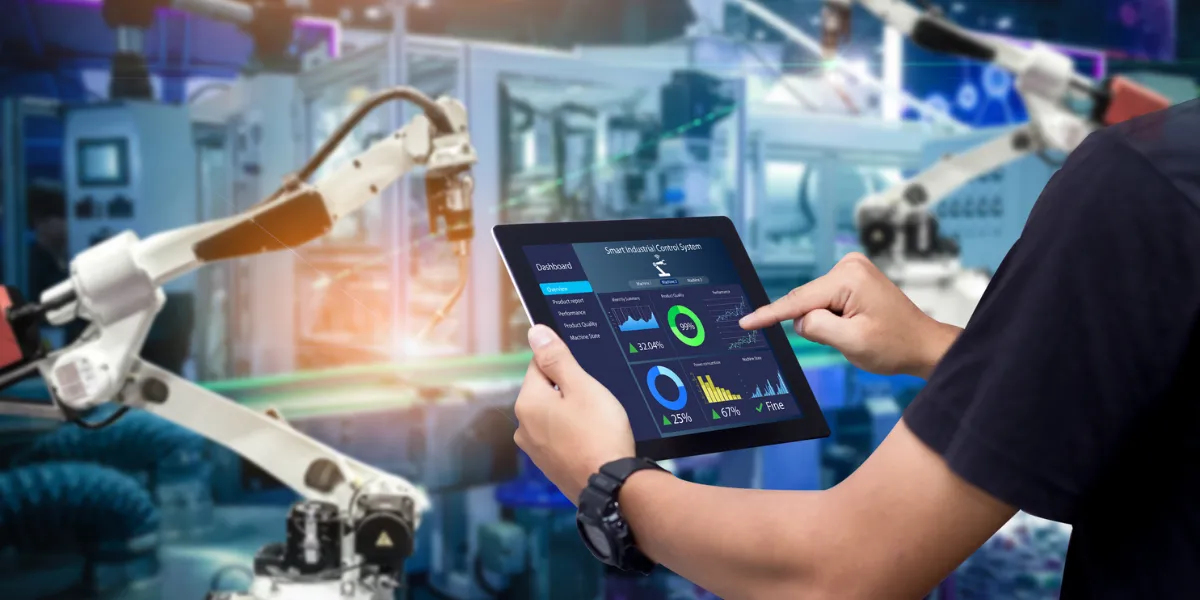
Advancements in technology, such as virtual reality (VR) and augmented reality (AR), are revolutionizing the home staging industry. VR allows potential buyers to take virtual tours of properties from the comfort of their homes, while AR apps enable them to visualize furniture and decor in real-time, making the home buying process more interactive and engaging.
Trends in Home Staging: Virtual vs. Physical
As technology continues to evolve, virtual home staging is gaining popularity among sellers and real estate professionals. Its affordability, flexibility, and ability to reach a broader audience make it a preferred choice for many. However, physical staging still holds its ground, particularly in luxury markets where the emphasis is on creating a luxurious and exclusive experience.
Choosing the Right Staging Method for Your Property

When deciding between physical and virtual home staging, consider factors such as your budget, target market, and the condition of the property. Physical staging may be worth the investment for high-end properties or in markets where competition is fierce. In contrast, virtual staging can offer a cost-effective solution for vacant or poorly furnished homes.
Finding the Balance Between Physical and Virtual Home Staging
In both physical and virtual home staging have their advantages and limitations. By understanding the differences between the two methods and considering your specific needs and circumstances, you can make an informed decision that maximizes the appeal of your property and helps you achieve a successful sale. Whether you opt for the tangible experience of physical staging or the digital convenience of virtual staging, the goal remains the same – to showcase your home in its best possible light and attract the right buyer.
Click here for more visited Posts!

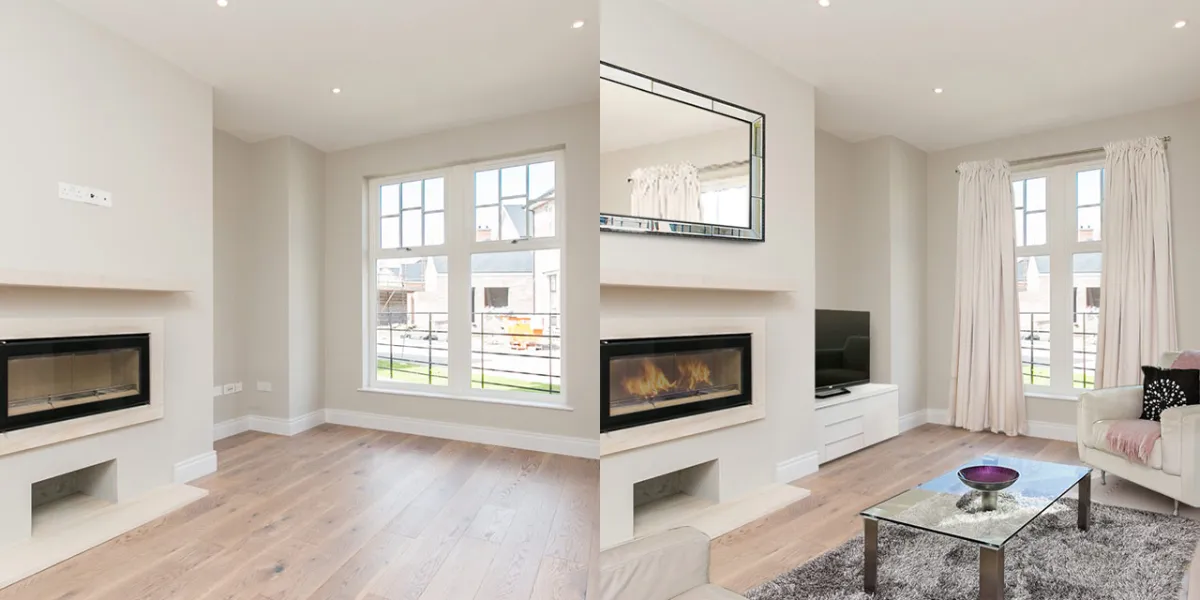
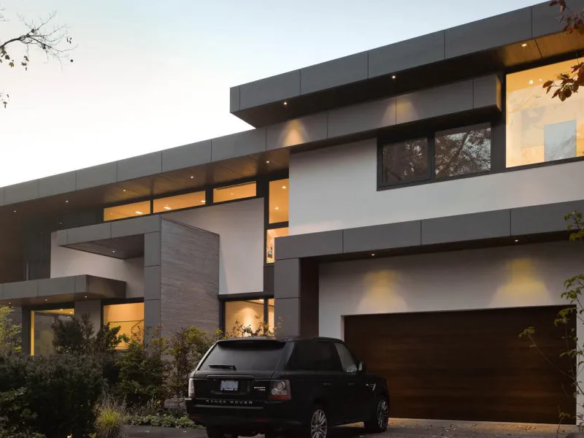

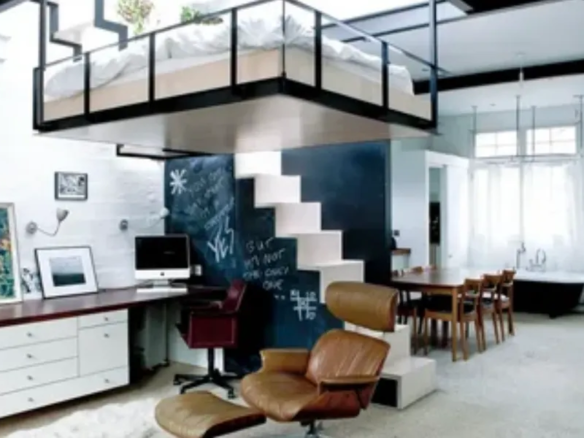
Join The Discussion